In the sun-drenched meadows and gardens where flowers bloom in vibrant profusion, a remarkable linguistic phenomenon unfolds daily. Honeybees, those tiny architects of pollination, engage in one of nature's most sophisticated forms of non-human communication: the waggle dance. This intricate performance, first decoded by Austrian ethologist Karl von Frisch in the mid-20th century, represents not merely a curiosity of the insect world but a complex system of information encoding and decoding that continues to astonish and inspire scientists.
The dance itself is a marvel of biological engineering. When a foraging bee discovers a rich source of nectar or pollen, she returns to the hive and performs a specific movement pattern on the vertical honeycomb surface. The duration, angle, and vigor of her movements convey precise information about the location, quality, and distance of the food source. The bee's orientation relative to gravity indicates the direction to the target relative to the sun's position, while the duration of the waggle phase corresponds to the distance. The enthusiasm of the dance reflects the richness of the discovery, motivating other bees to embark on their own foraging missions.
Recent research has revealed that this communication system is far more nuanced than previously imagined. Scientists at prominent institutions have discovered that bees incorporate additional elements into their dances, including subtle vibrations and scent markers that provide supplementary data about flower type, potential dangers, and even weather conditions at the source. These findings suggest that the waggle dance constitutes a multidimensional language capable of transmitting complex environmental assessments.
The decoding process employed by observing bees is equally sophisticated. Receiver bees don't simply mimic the dancer's movements but interpret the information through multiple sensory channels. They detect pheromones released during the dance, feel vibrations through the honeycomb, and observe the dancer's movements with remarkable precision. This multisensory integration allows them to construct a mental map of the described location and make informed decisions about whether to pursue the suggested foraging opportunity.
What makes this communication system particularly extraordinary is its efficiency in information transfer. The dance language enables honeybee colonies to dynamically allocate their foraging resources based on real-time environmental data. When multiple bees return with information about different food sources, the colony effectively compares the quality of these sources through the relative enthusiasm of the dances and collectively decides where to focus their efforts. This decentralized decision-making process optimizes the colony's energy expenditure and nutritional intake.
The implications of understanding bee communication extend far beyond entomology. Computer scientists and engineers have studied the waggle dance as a model for swarm intelligence and distributed computing systems. The efficiency of information transfer and collective decision-making in bee colonies has inspired algorithms for optimizing network routing, resource allocation, and even crowd management in human systems. Researchers are developing communication protocols for robotic swarms based on principles derived from bee舞蹈, creating systems where multiple machines can coordinate without central control.
Neuroscientists are particularly fascinated by how such small brains can support such complex communication. The honeybee brain contains fewer than a million neurons, yet it processes spatial information, encodes memories, and executes precise motor patterns for the dance. Understanding these neural mechanisms could lead to breakthroughs in designing more efficient computing architectures that accomplish complex tasks with minimal processing power. The study of bee communication thus contributes to both artificial intelligence and our understanding of biological cognition.
Climate researchers have also found value in monitoring bee communication patterns. Changes in waggle dance behavior can indicate shifts in floral availability and blooming seasons, providing sensitive indicators of environmental change. Some scientists propose using honeybee colonies as living sensors that can report on ecosystem health through their communicative behaviors, offering a novel approach to monitoring the impacts of climate change at local levels.
Despite decades of study, new discoveries continue to emerge about the sophistication of bee communication. Recent experiments have demonstrated that bees can communicate about more than just food sources—they can share information about potential nest sites during swarming, warn about predators, and even engage in what appears to be error correction when dances contain conflicting information. Some researchers have observed bees interrupting inaccurate dances, suggesting a level of quality control in their communication system.
The study of bee communication also raises profound questions about the nature of language and consciousness. While few scientists claim that bees possess human-like language or awareness, their communicative sophistication challenges traditional distinctions between human and animal capabilities. The waggle dance represents a symbolic communication system where abstract information is encoded in physical movements—a characteristic once thought unique to human language. This realization has prompted reconsideration of how we define and recognize complex communication across species.
As research technologies advance, scientists employ increasingly sophisticated methods to study bee communication. High-speed cameras capture dance details invisible to the naked eye, while miniature tracking devices monitor how receiver bees act on the information they receive. Genetic studies examine how different bee subspecies have evolved variations in their dance languages, providing insights into how communication systems adapt to different environments. Computational models simulate how information spreads through colonies, helping researchers understand the emergent properties of collective intelligence.
The practical applications inspired by bee communication continue to grow. Urban planners study hive decision-making to improve traffic flow systems, while economists examine how resource allocation in bee colonies might inform market models. Even the healthcare sector shows interest, with researchers exploring how principles of swarm intelligence might improve organizational efficiency in hospitals. The humble honeybee, through its elegant dance language, has become an unexpected muse across numerous scientific disciplines.
Perhaps most importantly, the ongoing study of bee communication reminds us of the incredible sophistication present in nature's designs. As we face global challenges related to food security, environmental sustainability, and technological efficiency, solutions may emerge from attentive observation of systems that have evolved over millions of years. The waggle dance represents not just a fascinating animal behavior but a testament to the power of evolution to create elegant solutions to complex problems of coordination and information sharing.
As research continues, each discovery about bee communication reveals additional layers of complexity and refinement. What began as observation of curious behaviors has blossomed into a rich interdisciplinary field that connects biology, computer science, linguistics, and engineering. The bees continue their dances, unaware of how much they teach us about communication, cooperation, and intelligence—lessons that become increasingly valuable as humanity seeks to navigate an increasingly complex world.
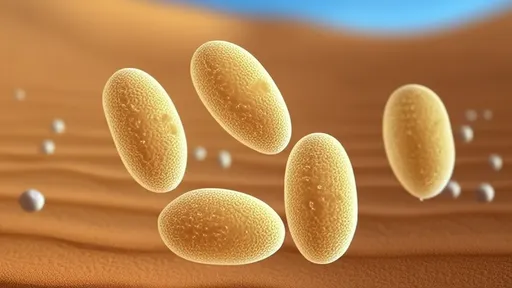
By /Aug 21, 2025
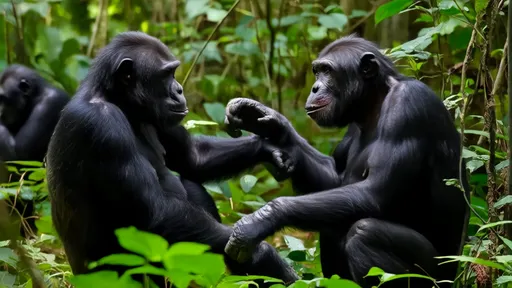
By /Aug 21, 2025
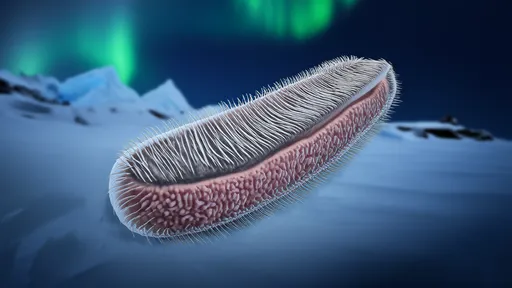
By /Aug 21, 2025
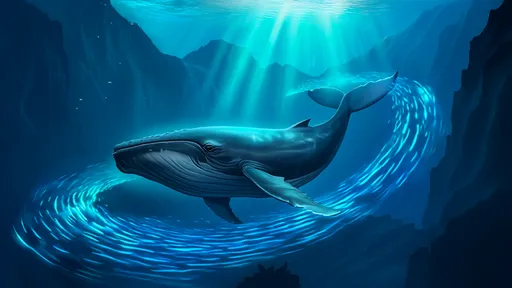
By /Aug 21, 2025
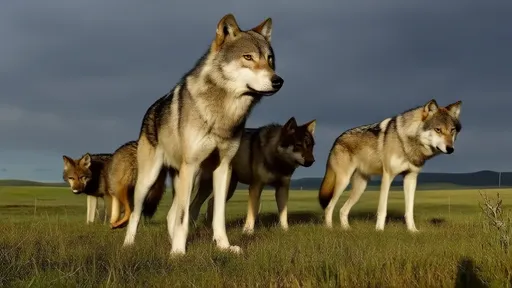
By /Aug 21, 2025
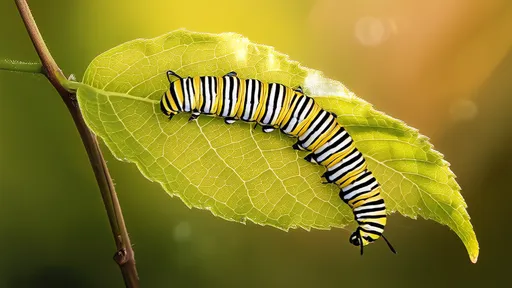
By /Aug 21, 2025
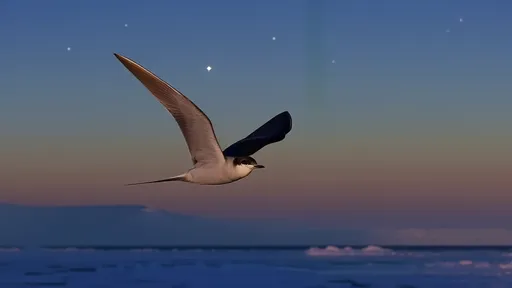
By /Aug 21, 2025
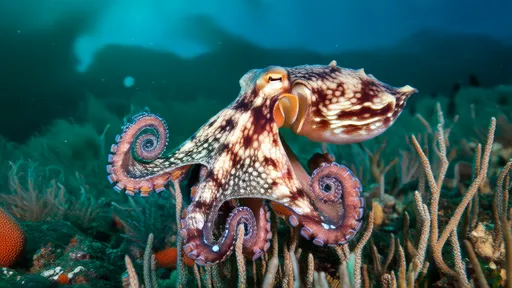
By /Aug 21, 2025
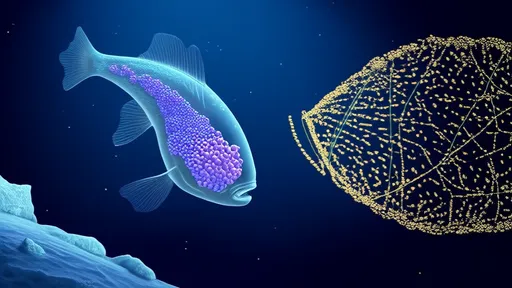
By /Aug 21, 2025
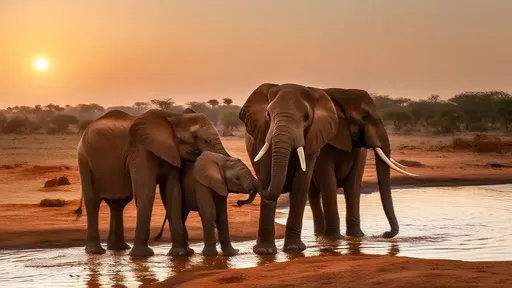
By /Aug 21, 2025
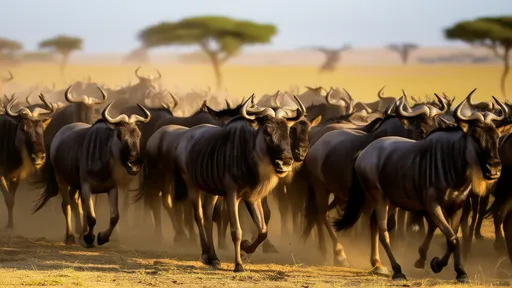
By /Aug 21, 2025

By /Aug 21, 2025

By /Aug 21, 2025
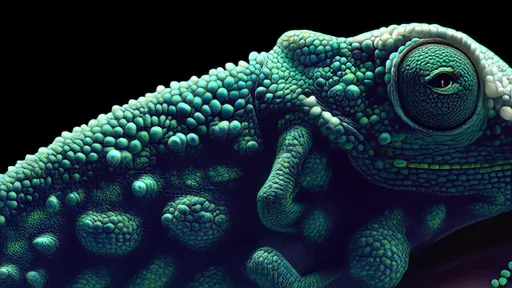
By /Aug 21, 2025

By /Aug 21, 2025
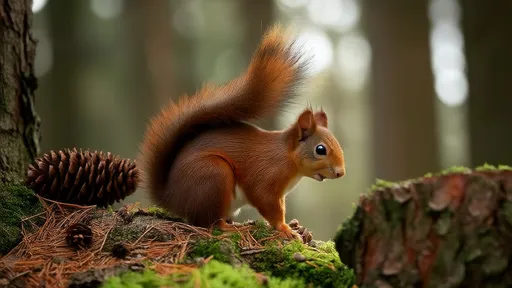
By /Aug 21, 2025
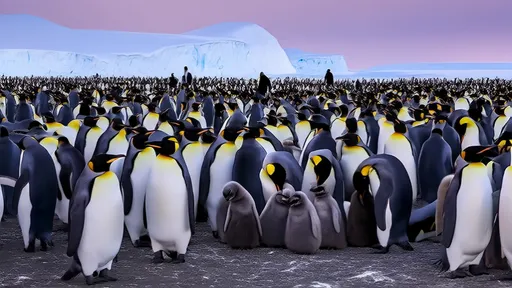
By /Aug 21, 2025
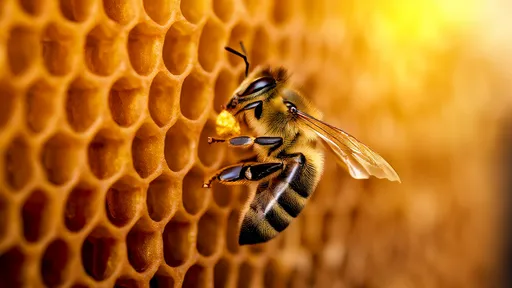
By /Aug 21, 2025
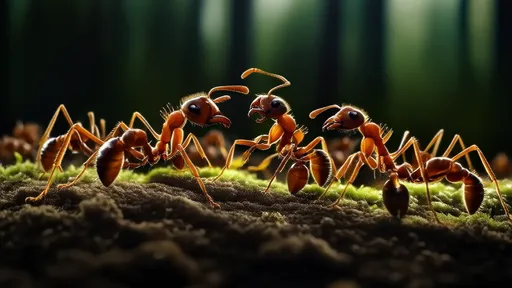
By /Aug 21, 2025
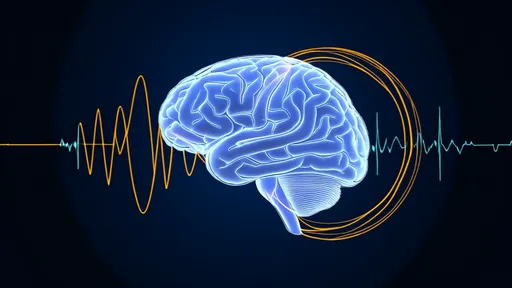
By /Aug 21, 2025